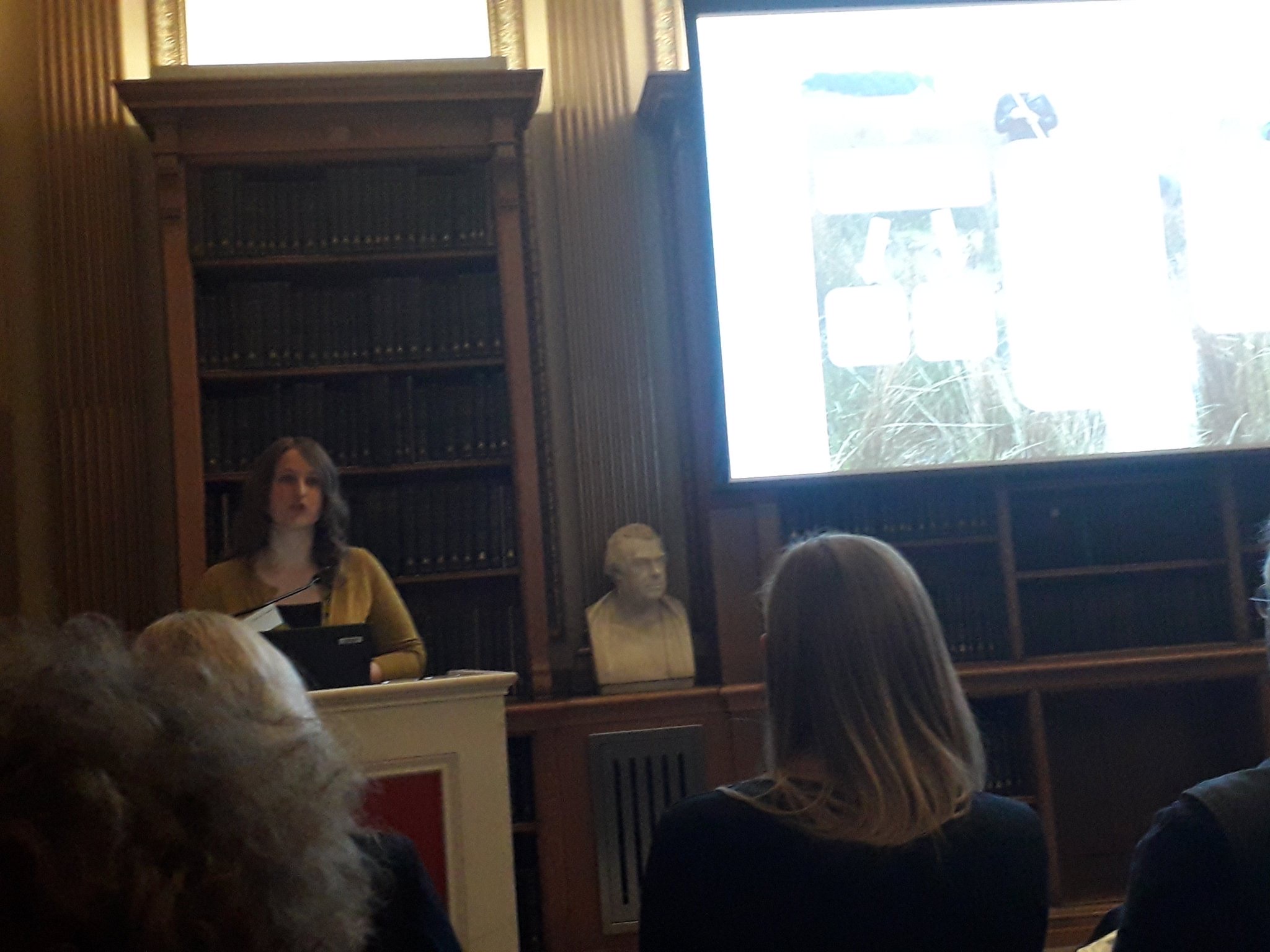Last week, over the 28th and 29th October 2019, the final Valuing Nature (VN) Programme Conference was held at the Royal Society in London, under the watchful gaze of Sir Isaac Newton. The VN Programme, supported by a consortia of UK Research Councils including the AHRC, ESRC and NERC, funded seven research projects orientated around two research enquiries; the impacts of potential ecological tipping points for natural resources within the UK and the importance of nature for human health and wellbeing for British citizens. The WetlandLIFE team have been involved in the latter research area, human health and wellbeing, through their collaborative work within the WetlandLIFE project, which is drawing to an end in January 2020.
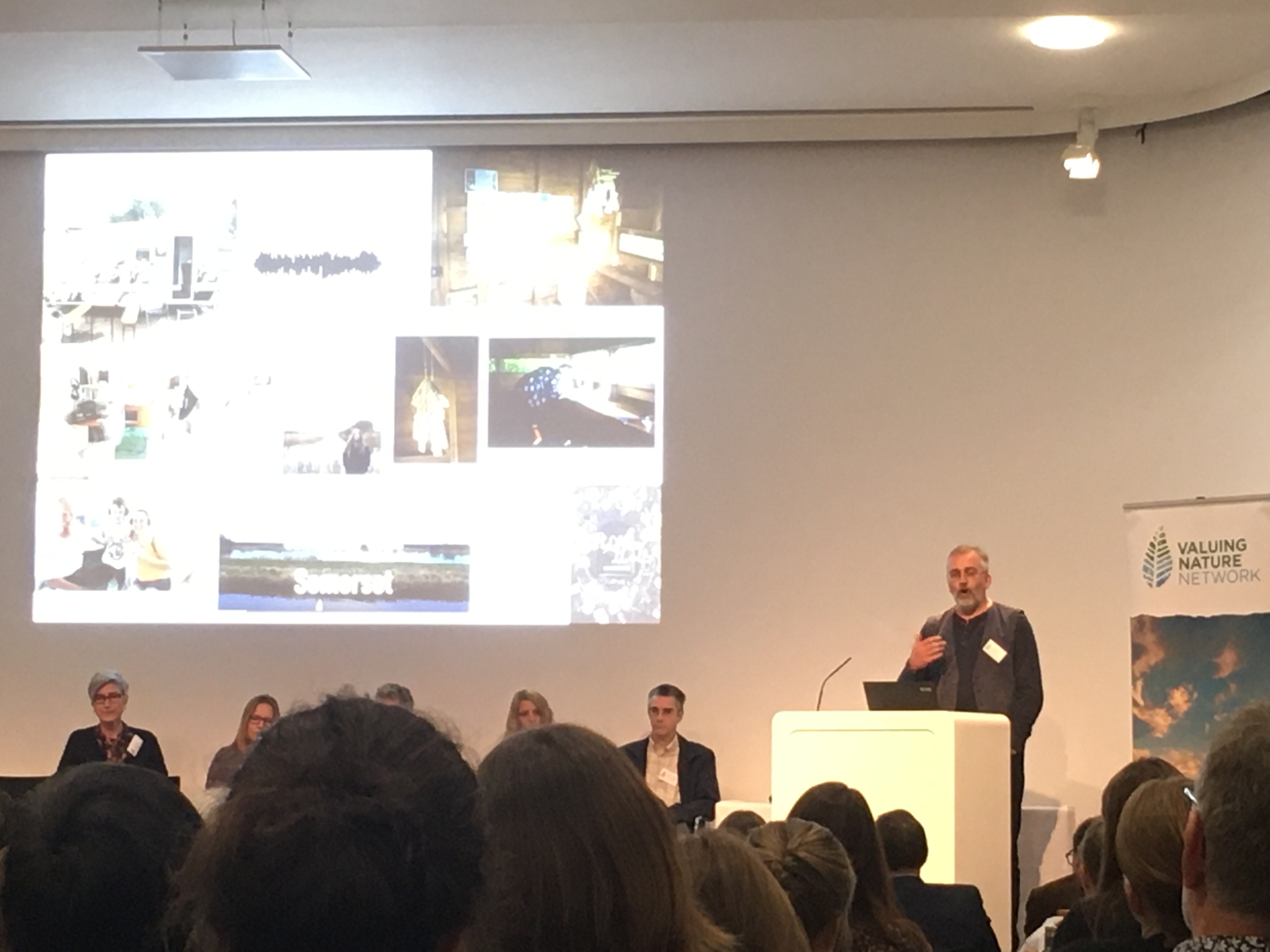
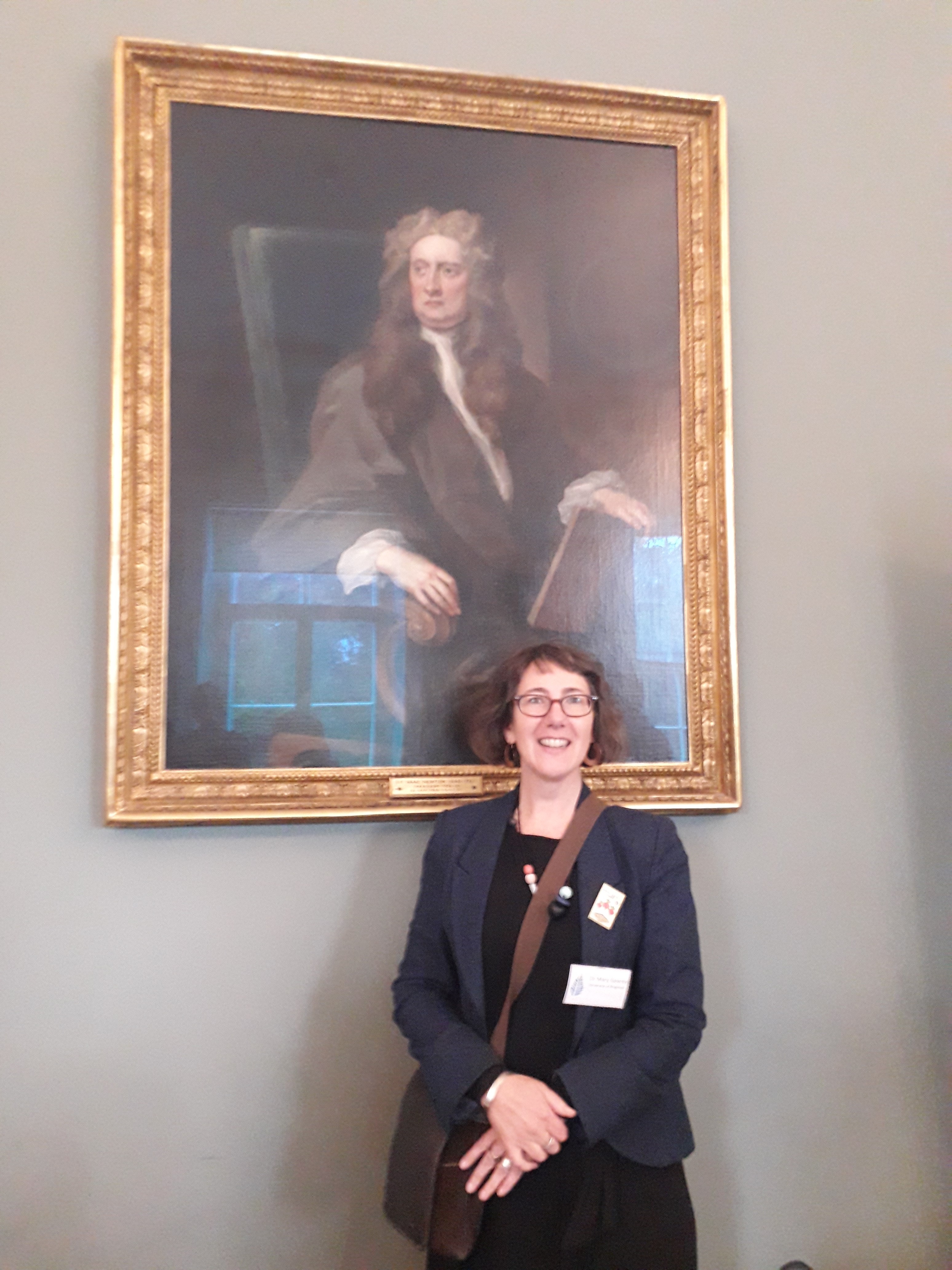 In sessions over the next two days, team members were able to share some of the more detailed results from their work with wetlandLIFE. Dr Frances Hawkes, senior research fellow at the Natural Resources Institute, University of Greenwich, presented results from the ecological component of wetlandLIFE. Over the last two years, the entomology team, including Dr Jolyon Medlock and Alex Vaux from Public Health England’s Emergency Response Department, and Professors Gabriella Gibson and Bob Cheke, also from NRI, have undertaken a comprehensive survey of British mosquitoes across twelve wetland sites in England. The results are informing development of a mosquito ‘handbook’, that can be used by wetland managers to help identify habitats where mosquito species may breed on their sites and whether these populations may require management. With at least 34 species of mosquito in the UK, the results highlight the huge differences in each species’ ecology and reiterate that nuisance is only likely to arise from a small number of human-biting species. Mosquitoes are an important part of many health wetlands and are an invaluable food source for a large number of other species in wetland ecosystems.
In sessions over the next two days, team members were able to share some of the more detailed results from their work with wetlandLIFE. Dr Frances Hawkes, senior research fellow at the Natural Resources Institute, University of Greenwich, presented results from the ecological component of wetlandLIFE. Over the last two years, the entomology team, including Dr Jolyon Medlock and Alex Vaux from Public Health England’s Emergency Response Department, and Professors Gabriella Gibson and Bob Cheke, also from NRI, have undertaken a comprehensive survey of British mosquitoes across twelve wetland sites in England. The results are informing development of a mosquito ‘handbook’, that can be used by wetland managers to help identify habitats where mosquito species may breed on their sites and whether these populations may require management. With at least 34 species of mosquito in the UK, the results highlight the huge differences in each species’ ecology and reiterate that nuisance is only likely to arise from a small number of human-biting species. Mosquitoes are an important part of many health wetlands and are an invaluable food source for a large number of other species in wetland ecosystems.
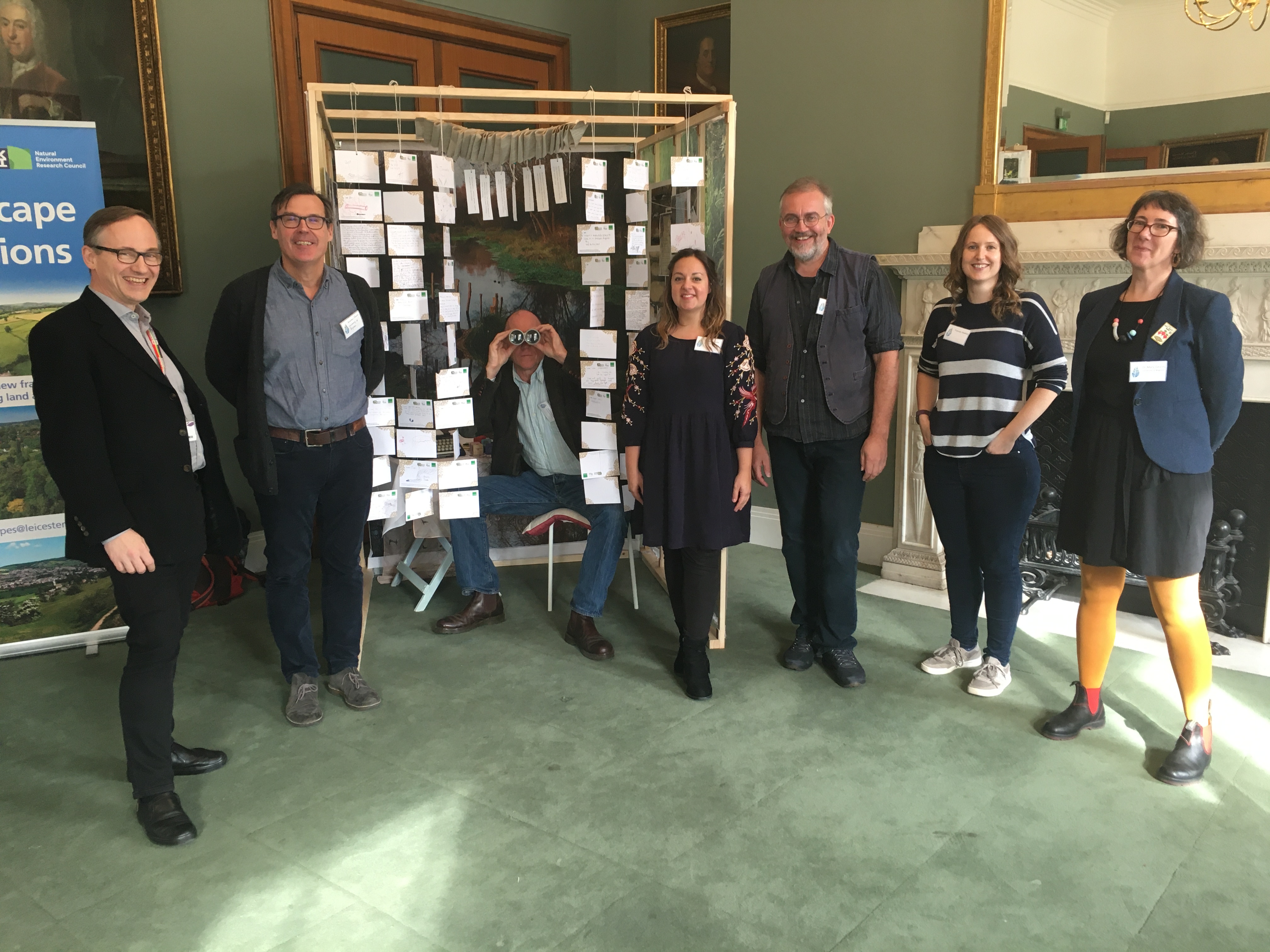
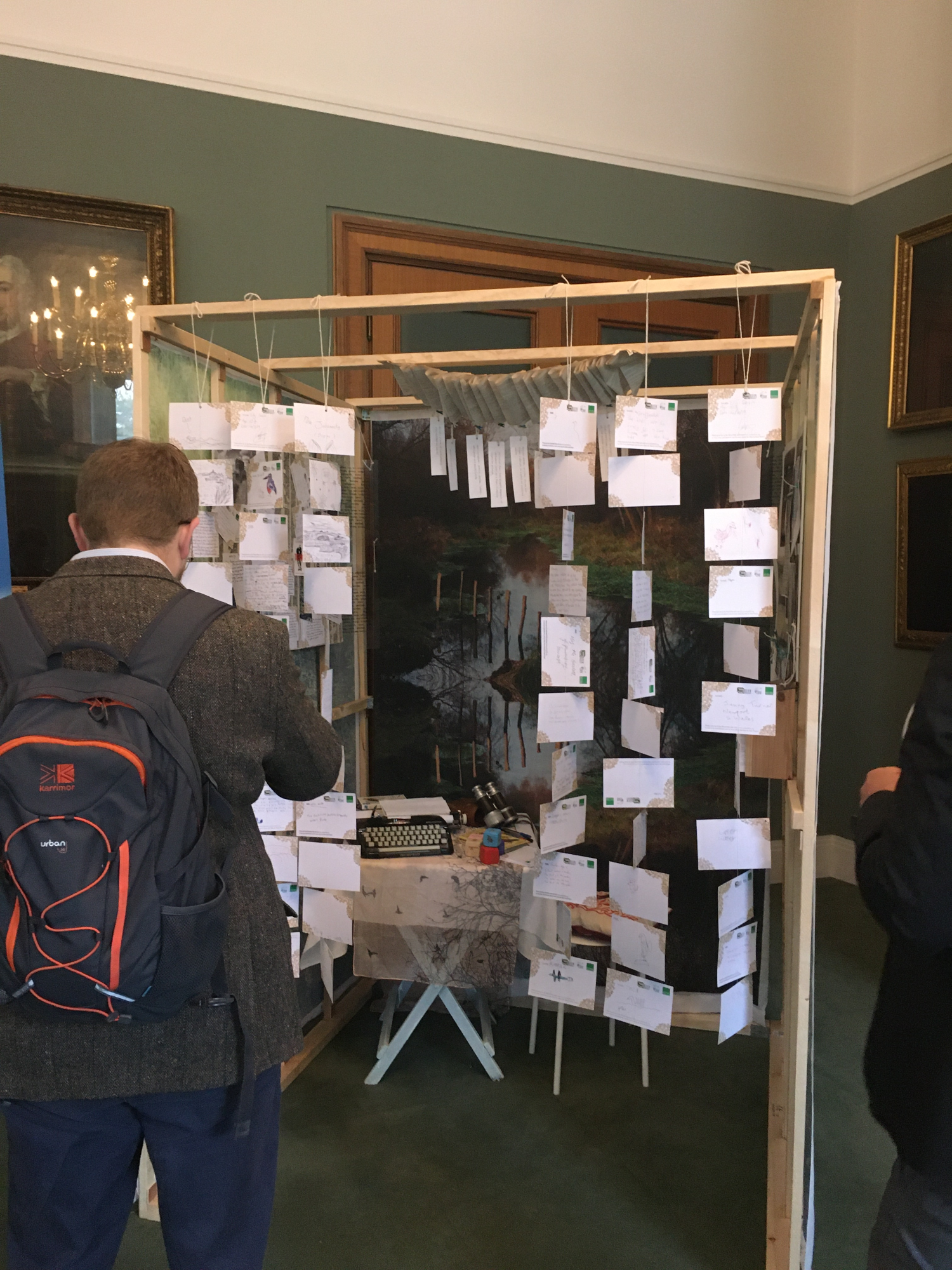 Victoria Leslie, writer and PhD candidate at the University of Chichester, shared her experiences as a WetlandLIFE artist, as well as talking about the inception of the Hide & Seek Project, which has seen conventional bird-hides on the Somerset Levels reframed as story repositories. Featuring creative writing prompts, poems, folk tales and book recommendations, these spaces encourage visitors to contribute to an ongoing storytelling network. Drawing on the success of these interactive spaces, she also showcased her pop-up ‘Word Hide’, inspired by manmade structures in nature, using text and texture to consider how language and narrative shape our perception of the natural world. You can read some of the original contributions left by visitors to the Word Hides on the Avalon marshes here.
Victoria Leslie, writer and PhD candidate at the University of Chichester, shared her experiences as a WetlandLIFE artist, as well as talking about the inception of the Hide & Seek Project, which has seen conventional bird-hides on the Somerset Levels reframed as story repositories. Featuring creative writing prompts, poems, folk tales and book recommendations, these spaces encourage visitors to contribute to an ongoing storytelling network. Drawing on the success of these interactive spaces, she also showcased her pop-up ‘Word Hide’, inspired by manmade structures in nature, using text and texture to consider how language and narrative shape our perception of the natural world. You can read some of the original contributions left by visitors to the Word Hides on the Avalon marshes here.
Dr Mary Gearey, senior lecturer in Human Geography at the University of Brighton, supported the empirical research working closely with Professor Andrew Church and Professor Neil Ravenscroft, now based at the Royal Agricultural University. Their work has been orientated around social science fieldwork to understand how specialist interest groups, including birders, botanists, walkers and spiritual practitioners, use, value and enjoy wetlands as part of their recreational activities, their income generating work, and as a fundamental part of their life. Developed through one to one interviews, collaborative focus group discussions and an immersion into the wetland situated work of the respondents, the outcomes of the research team’s work has been channelled into forthcoming book English wetlands; spaces of nature, culture, imagination to be published in 2020 by Palgrave Macmillan.
